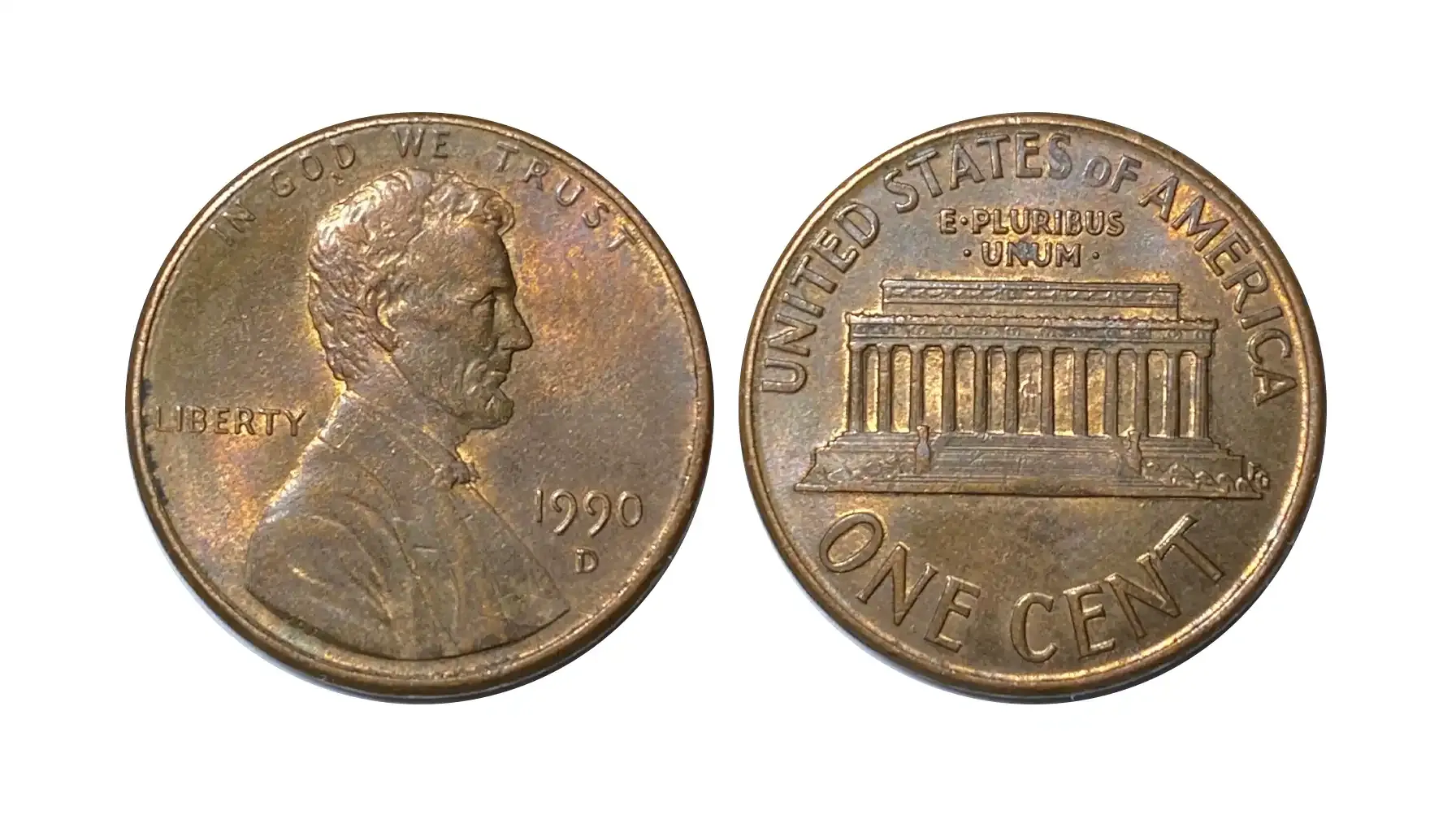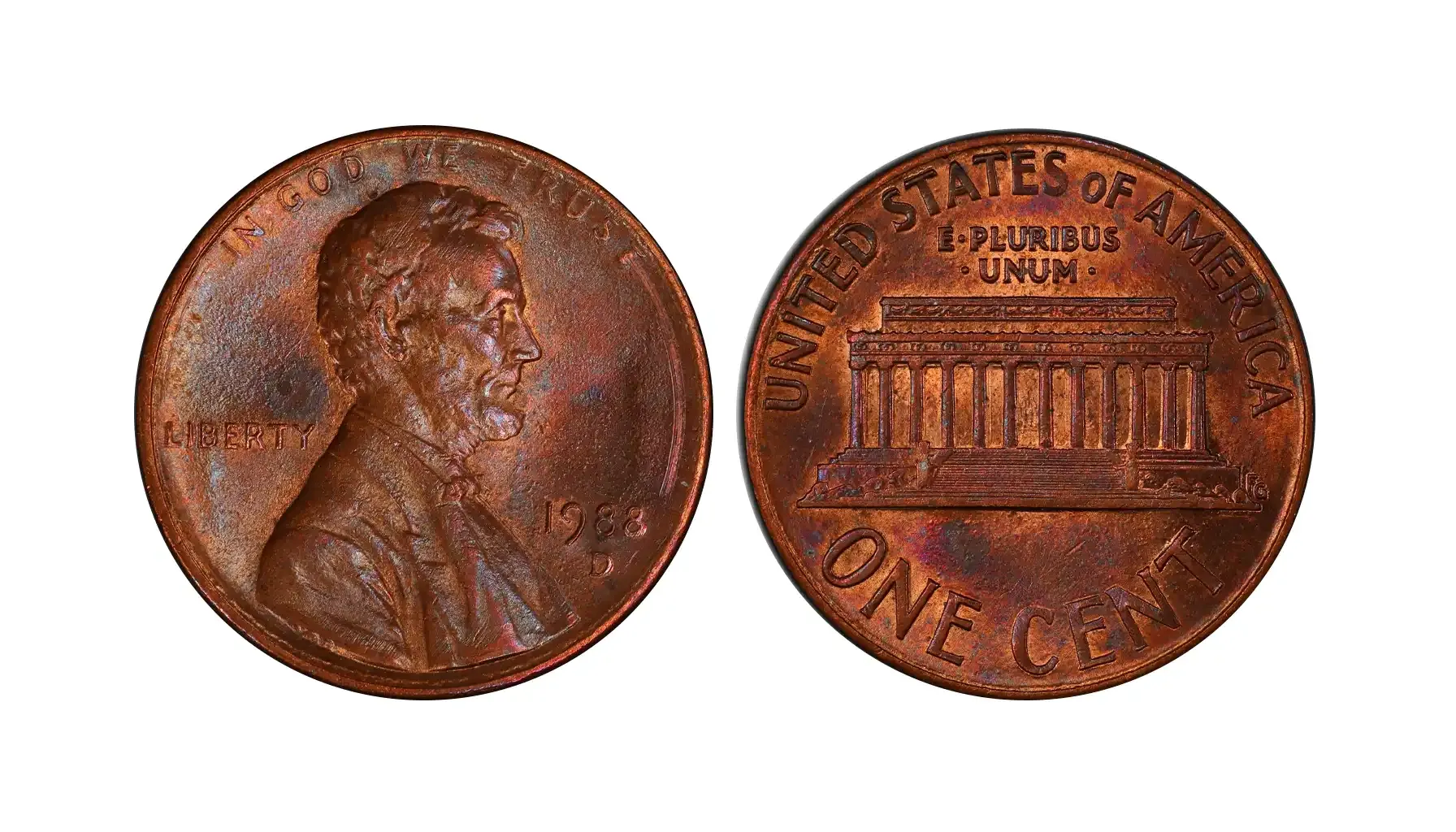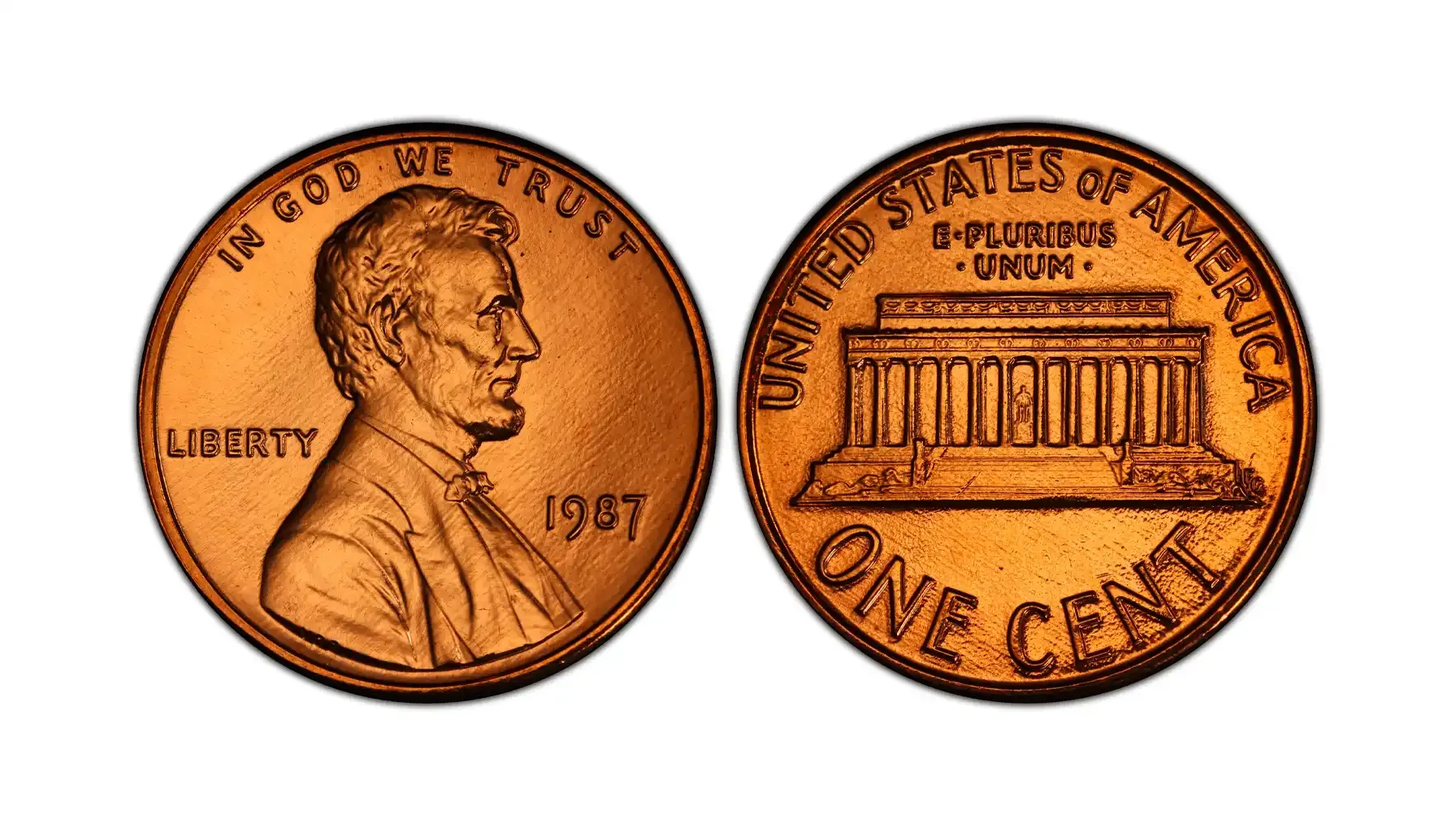Contents:
Sometimes, valuables are closer than you think. Getting pocket change (which is now a rare thing itself) frequently presents unexpected gifts, yet these numismatic offerings may be easily overlooked, especially by those who are not used to employing cash nor familiar with this type of art. What if the change you get the next time may multiply your wealth overnight?
These days, when digitalization has finally conquered the world, traditional coins (not those of crypto origin, for sure) are mainly seen as collectibles or trite units of currency, and knowing which coins worth money in circulation can occupy the central part of the set is vital. So, what coins to look for in pocket change, and how to identify them properly?
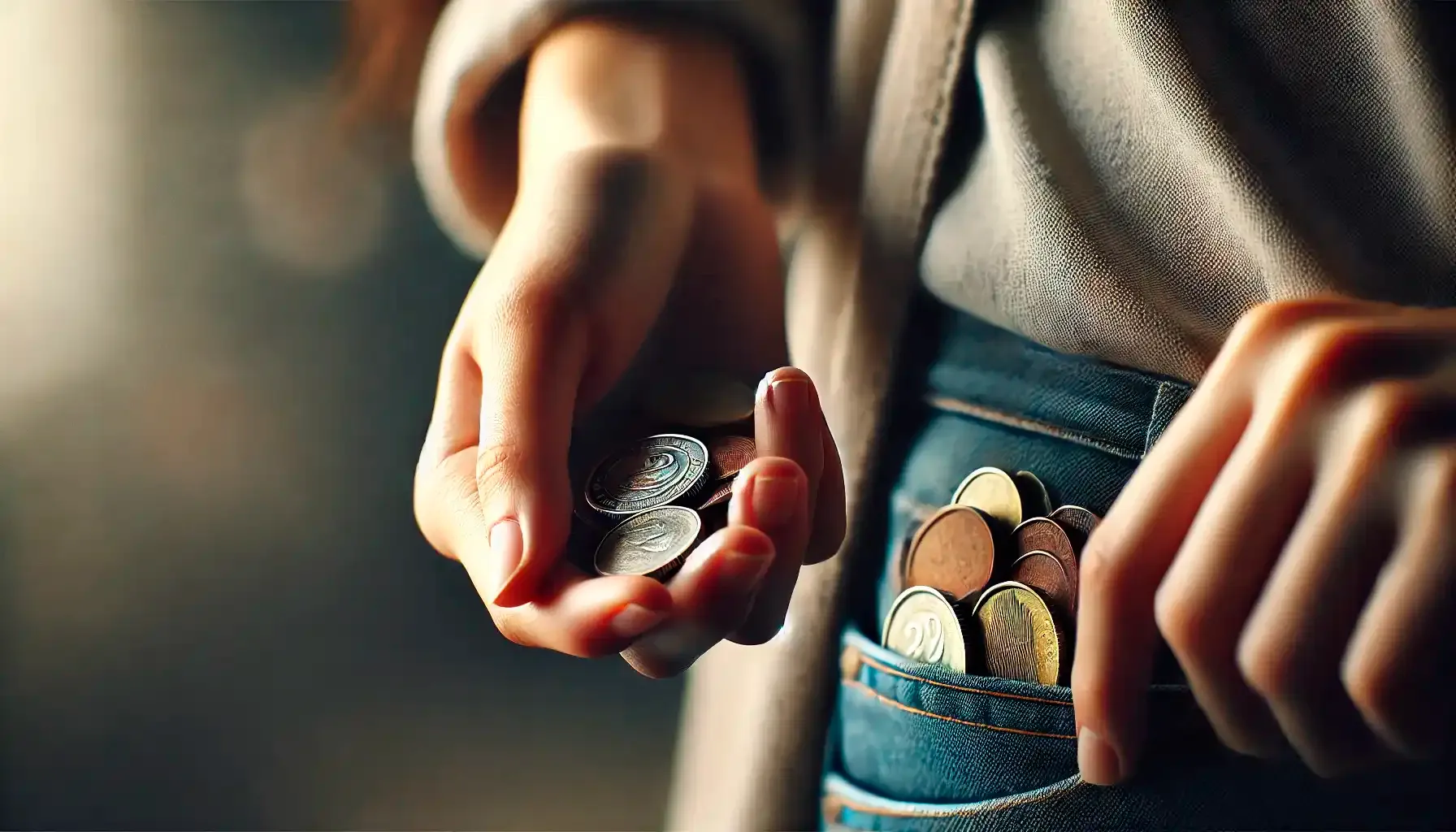
The Appeal of Rare Coins Found in Pocket Change
Coin hunting is not solely about targeted coin search, characterized by negotiations, auction attendance, constant monitoring of the market, and reading numismatists magazines. Unlike other forms of collecting, this requires a bit more attention, patience, time, and willingness to stay persistent all time long. At first, it may seem easy to inspect valuable coins in pocket change on a daily basis, but sooner or later one understands how daunting and repetitive it is.
Indeed, the aspects of chance and luck increase engagement, for this is the thrill that fuels any coin enthusiasts, no matter how professional and experienced they can be. Coins do travel across time and distance, change places and people, and tell their own stories as historical artifacts, whether legally recognized or not. Anyway, this type of coin hunting is a great opportunity to try something new, explore a new perspective of numismatics, and get involved with little to no expenditures at the beginning.
Categories Of Valuable Coins to Look for in Your Change
When looking for rare coins in pocket change, it is essential to know which types can hold any significance and which ones are no longer needed as potential collectibles. Here is a quick overview of the main types of valuable coins to look for in pocket change.
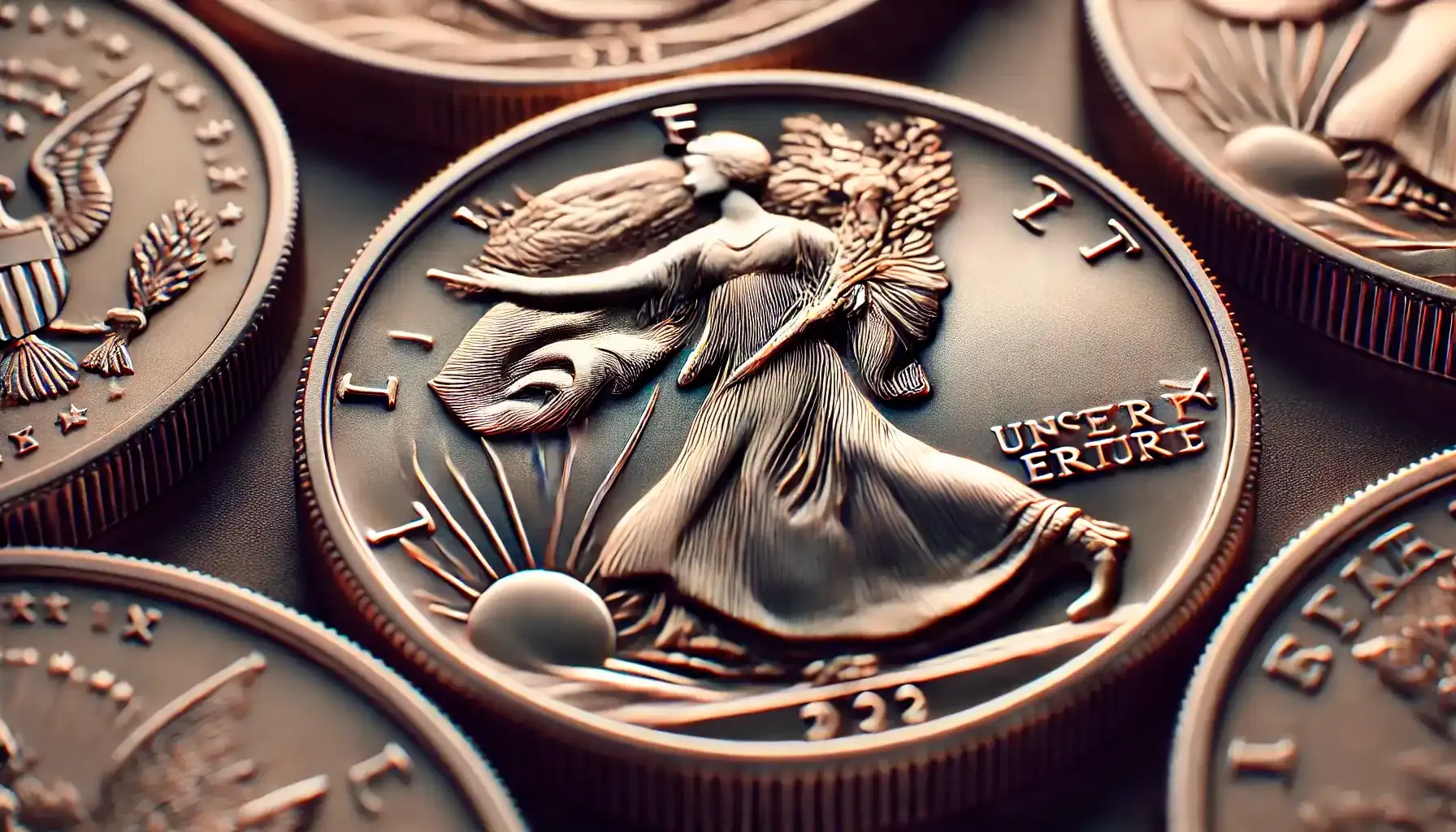
High-Grade and Proof Coins
The most obvious group of coins that the majority of non coin-centered people may detect is high-grade and proof coins. As a rule, numismatic creations show signs of wear, but these instances usually remain in excellent condition. Although they should be rare and barely get in circulation, high-grade/proof coins may accidentally end up in the pocket change.
Error Coins
Another type that cannot be neglected is the error coins. These are the samples that bear mistakes in their designs or composition, which is why they become unique and literally exceptional. In general, this includes off-center strikes, doubles dies, planchet errors, and more (whatever can be found on the mints and after). So, be the first to spot errors, identify their value, and compile a set of the most valuable coins found in pocket change.
By the way, so as to identify and assess the coin, it might be reasonable to employ on-the-spot tools like Coin ID Scanner. This application is the best app to check coin value, just like those of the same kind, offering a few prominent features, namely coin identification by photo right in the app, collection management tools, a digital numismatic encyclopedia, 24/7 assistance, and even more! Try now and explore coins whenever you like.
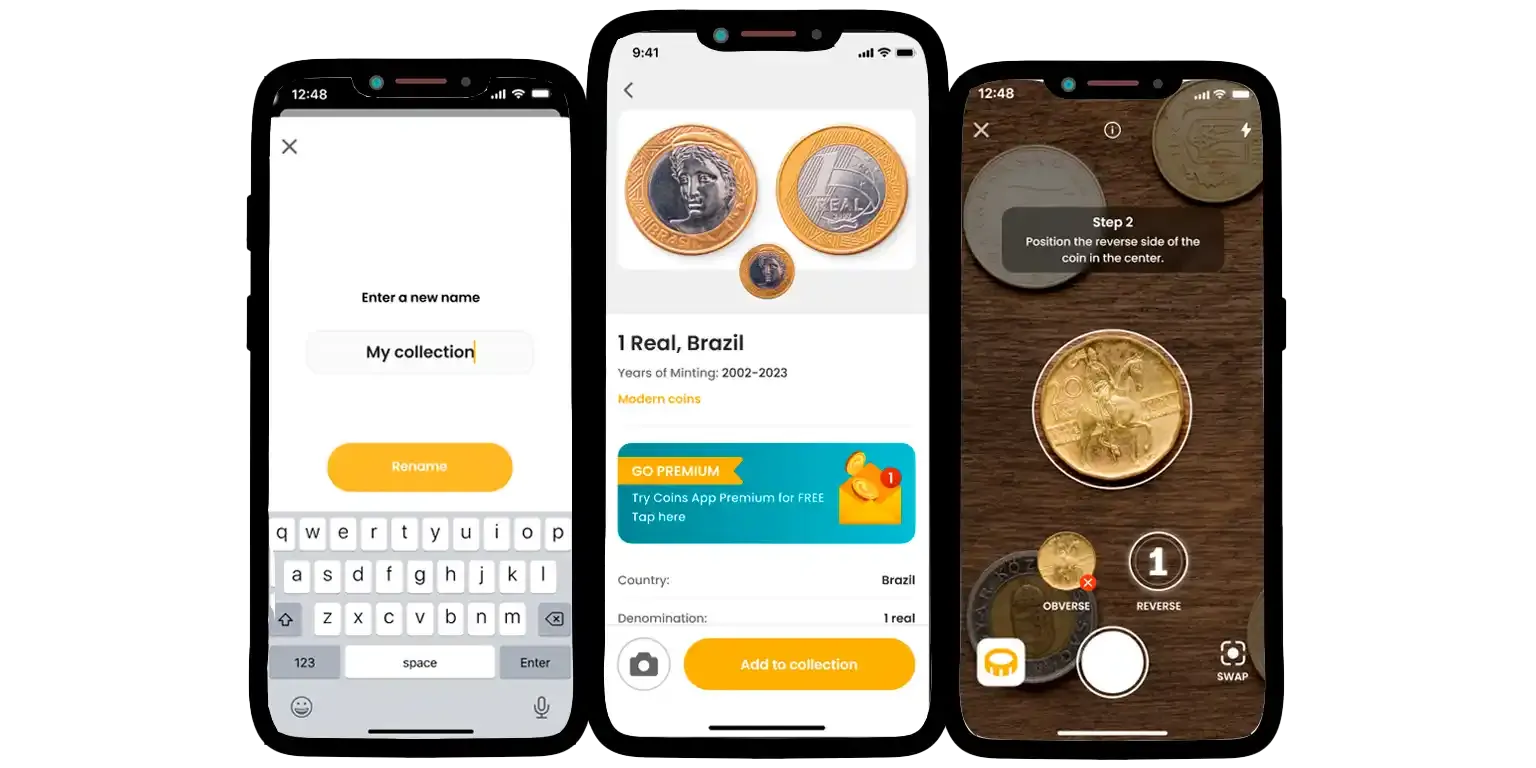
Discontinued Coin Designs
Coins with discontinued designs also matter, especially when they are in exceptional condition or rare state. For instance, half dimes, pennies made of copper, and early Jefferson nickels hold a historical significance, as well as cultural value and artistic meaning, too. At times, this also concerns modern examples such as the older Wheat pennies, though most of them are generally overlooked due to their ordinary appearance and late mint dates.
What Coins Should I Look For in My Pocket Change? The List
1943 Copper Penny
Estimated Value: $372,000+
Design: Features Abraham Lincoln on the obverse; the wheat ears design on the reverse
Characteristics: Unlike the common 1943 steel cents, this error was mistakenly struck in copper
How to Identify: A genuine 1943 copper penny is not magnetic
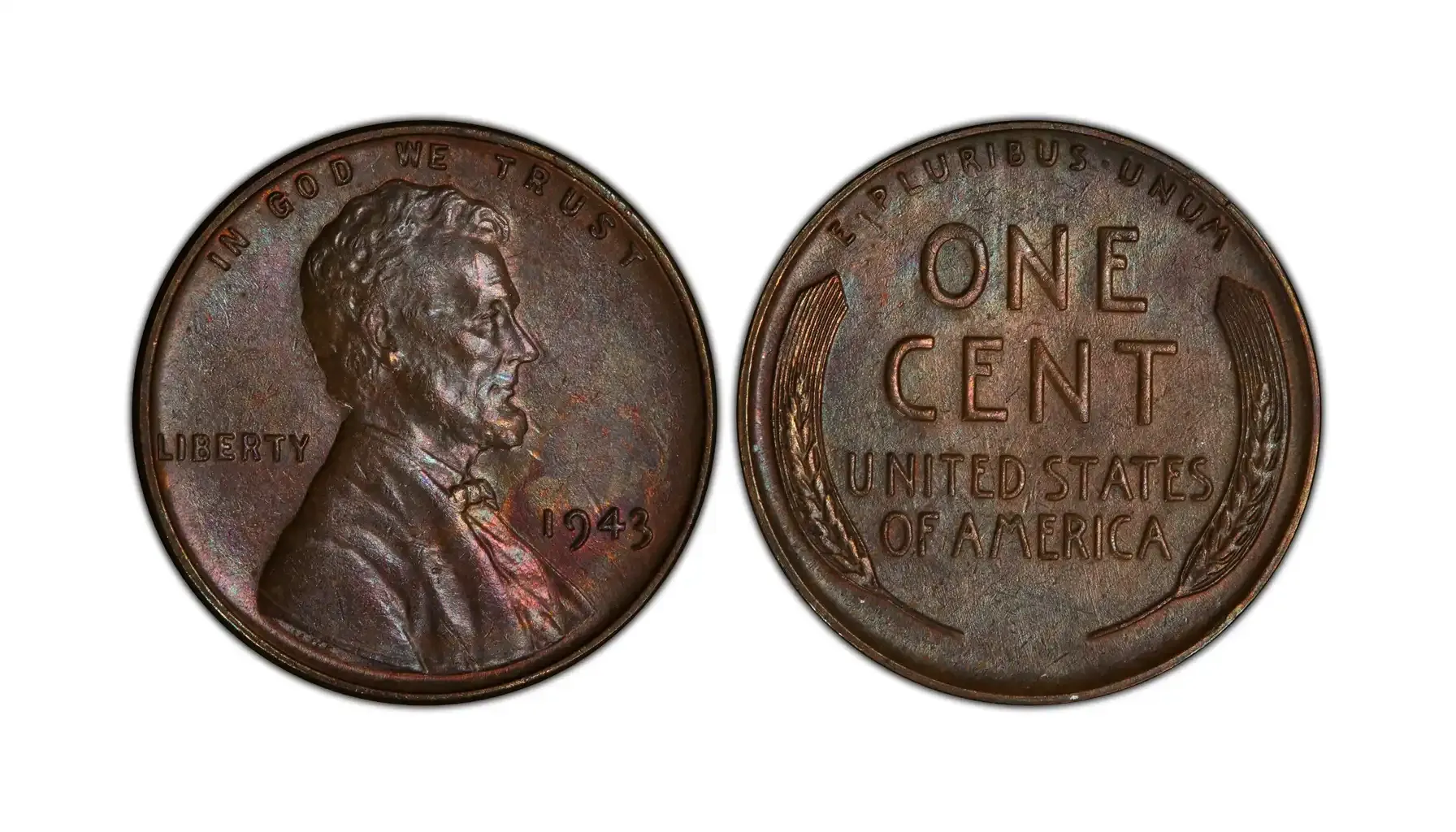
1969-S Lincoln Cent Doubled Die Obverse
Estimated Value: $126,500+
Design: Abraham Lincoln on the obverse; Lincoln Memorial on the reverse
Characteristics: Features strong doubling on the date and inscriptions, particularly "LIBERTY" and "IN GOD WE TRUST"
How to Identify: The doubling is bold and clearly visible to the naked eye
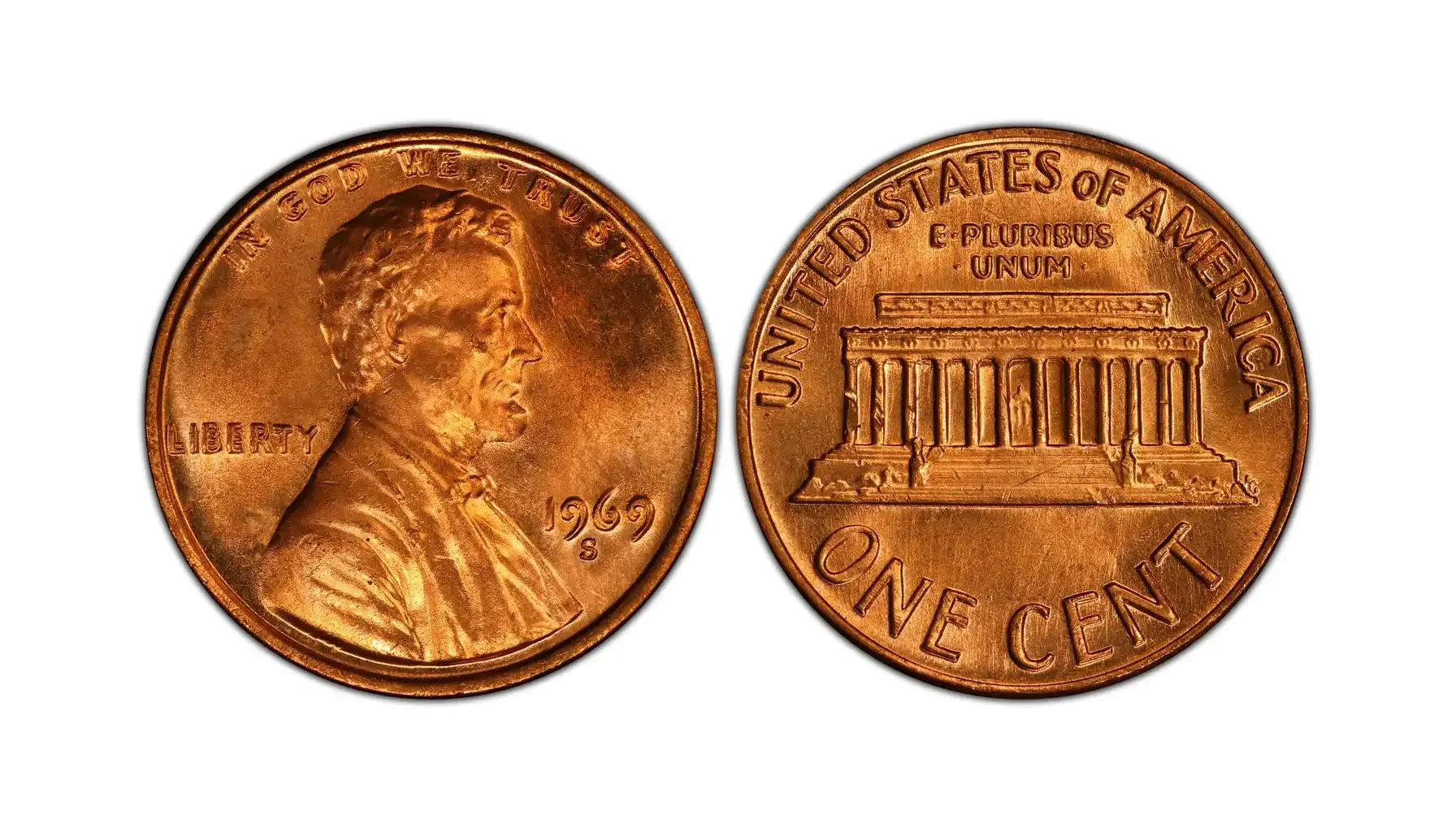
1976-S Clad Type 2 Proof Eisenhower Dollar
Estimated Value: $41,400+
Design: Dwight D. Eisenhower on the obverse; Bicentennial Liberty Bell and Moon on the reverse
Characteristics: Type 2 features a sharp, thin-lettered design on the reverse, while Type 1 has thicker, more rounded letters
How to Identify: The letters on "UNITED STATES OF AMERICA" and "ONE DOLLAR" are thinner and more refined compared to Type 1
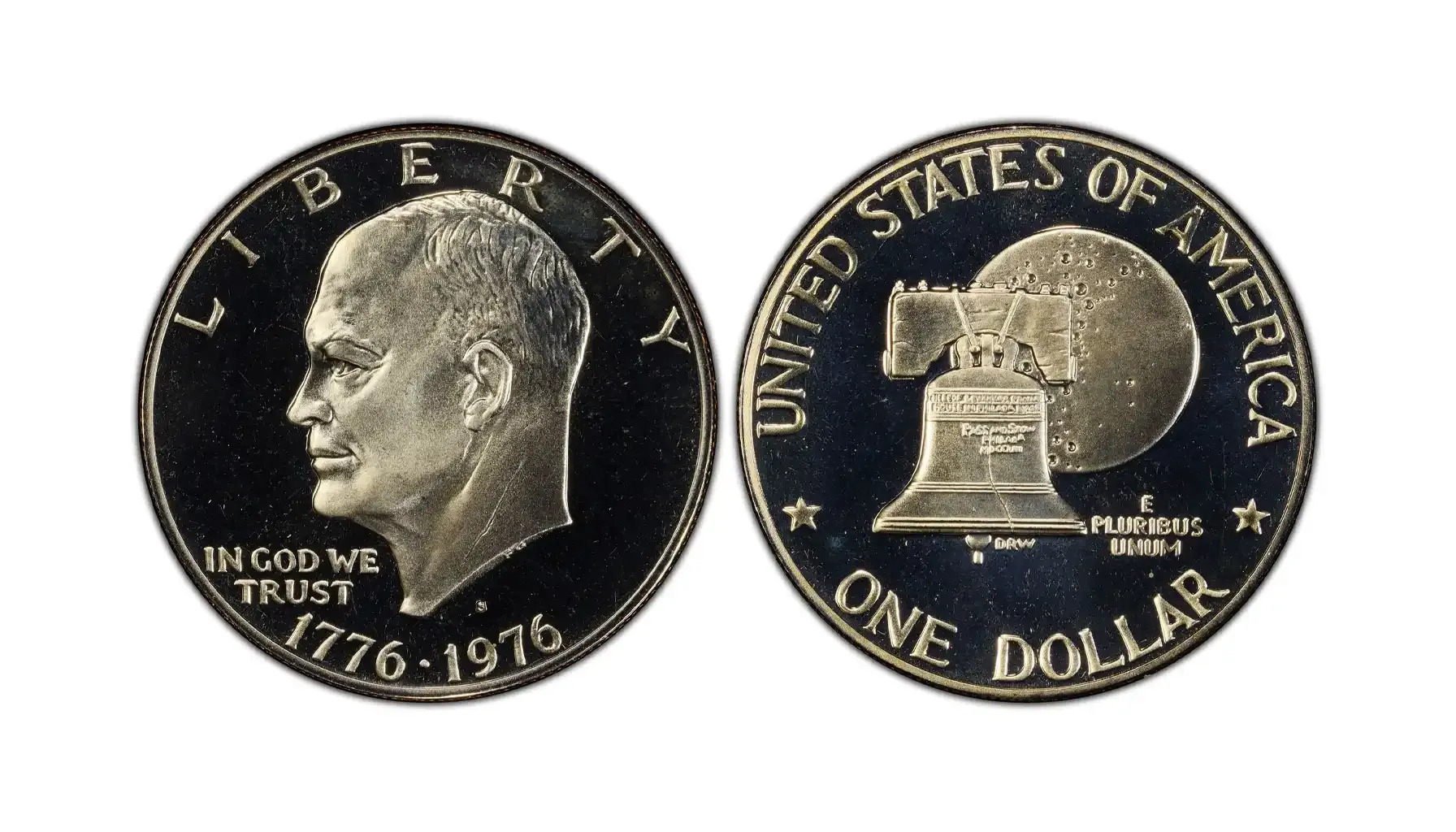
1981-S Susan B. Anthony Dollar
Estimated Value: $21,600+
Design: Susan B. Anthony on the obverse; eagle landing on the moon on the reverse
Characteristics: Features a sharper, clearer "S" mintmark compared to Type 1
How to Identify: The “S” mintmark appears more refined and less blob-like

1982 Roosevelt Dime
Estimated Value: $2,185+
Design: Franklin D. Roosevelt on the obverse; torch and olive branches on the reverse
Characteristics: 1982 Roosevelt dimes struck in Philadelphia were mistakenly produced without a mintmark
How to Identify: If the coin is from 1982 and lacks a mintmark, it may be valuable

1983 Copper-Alloy Cent
Estimated Value: $1,800+
Design: Standard Lincoln cent design with the Memorial reverse
Characteristics: While 1983 cents were supposed to be zinc-based, some were mistakenly struck in copper
How to Identify: A genuine 1983 copper cent weighs 3.1 grams, whereas standard zinc cents weigh 2.5 grams
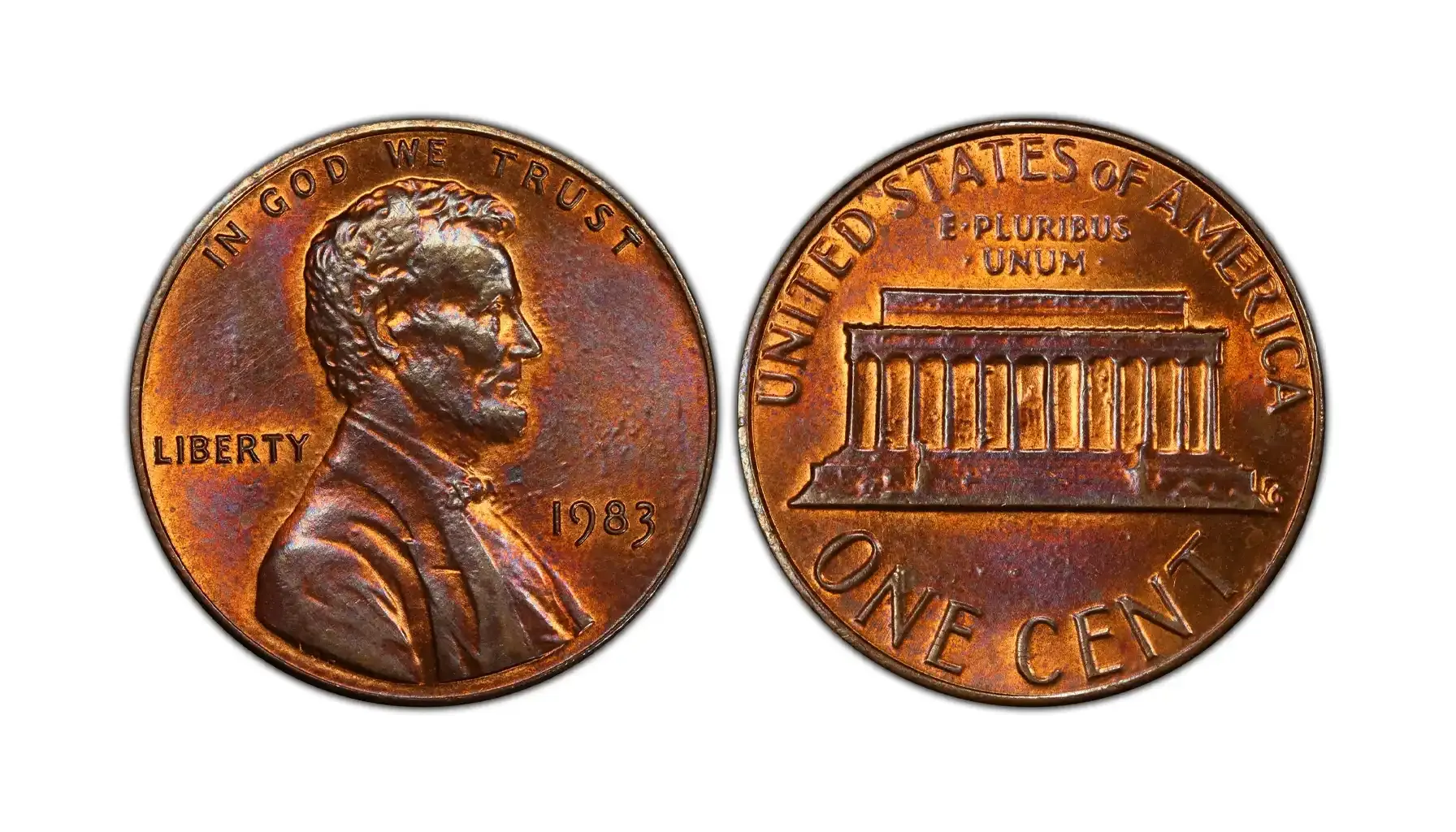
1999 Wide “AM” Lincoln Cent
Estimated Value: $2,300
Design: Lincoln obverse with the Memorial reverse
Characteristics: The letters “A” and “M” in "AMERICA" are spaced farther apart than normal
How to Identify: Compare with a regular 1999 cent – on a Wide AM, there is a noticeably larger gap

2004 Wisconsin Quarter Extra Leaf Low
Estimated Value: $6,000
Design: Features a cow, a wheel of cheese, and an ear of corn on the reverse.
Characteristics: Some coins have an extra leaf on the left side of the corn stalk
How to Identify: Look for an additional leaf below the main corn leaves
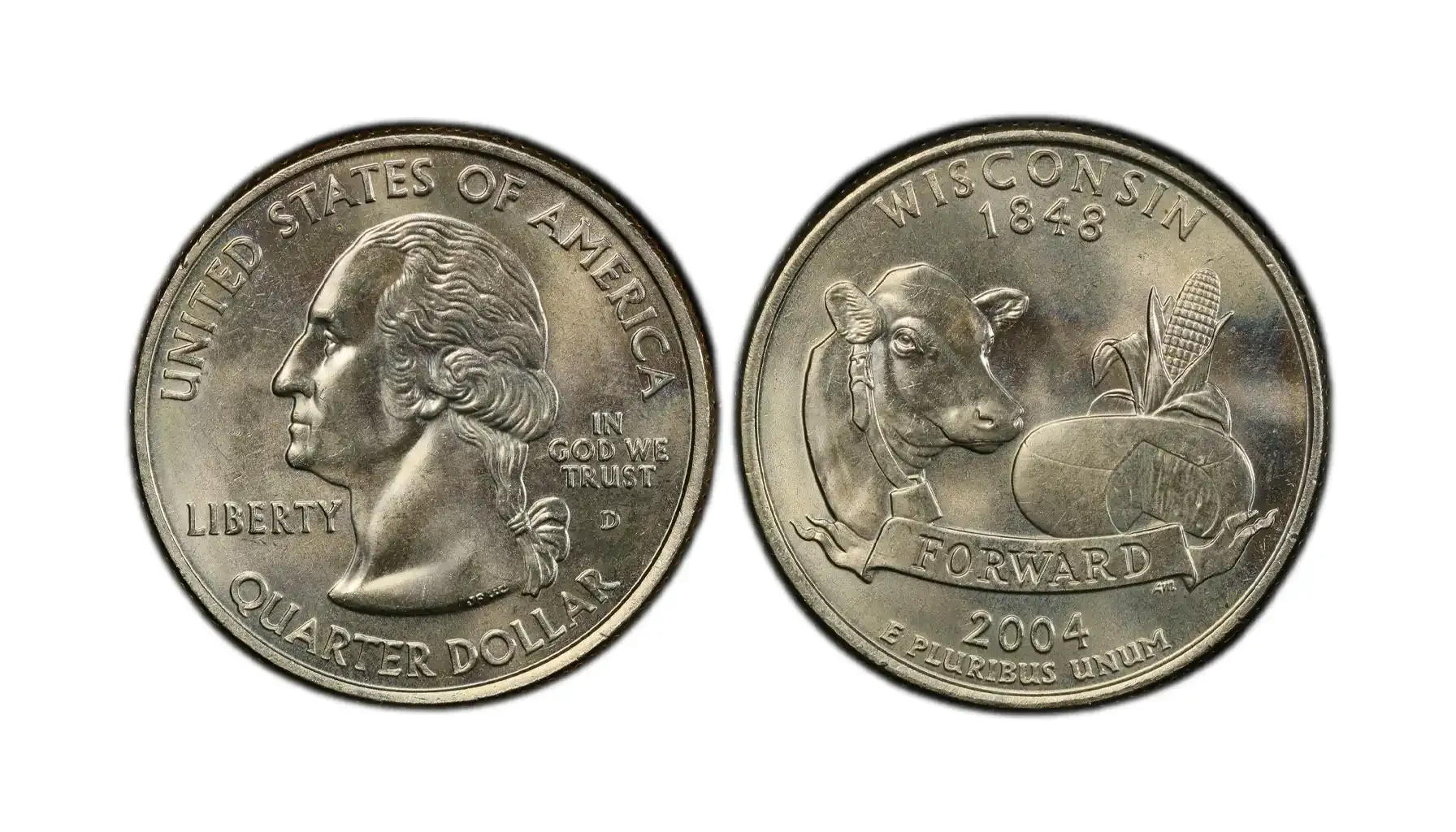
2005-D Speared Bison (Jefferson Nickel)
Estimated Value: $2,650
Design: Thomas Jefferson on the obverse, with a bison on the reverse
Characteristics: A die gouge on some of these nickels creates an effect that looks like a "spear" running through the bison’s back
How to Identify: Look for a raised, jagged line running diagonally across the bison’s body
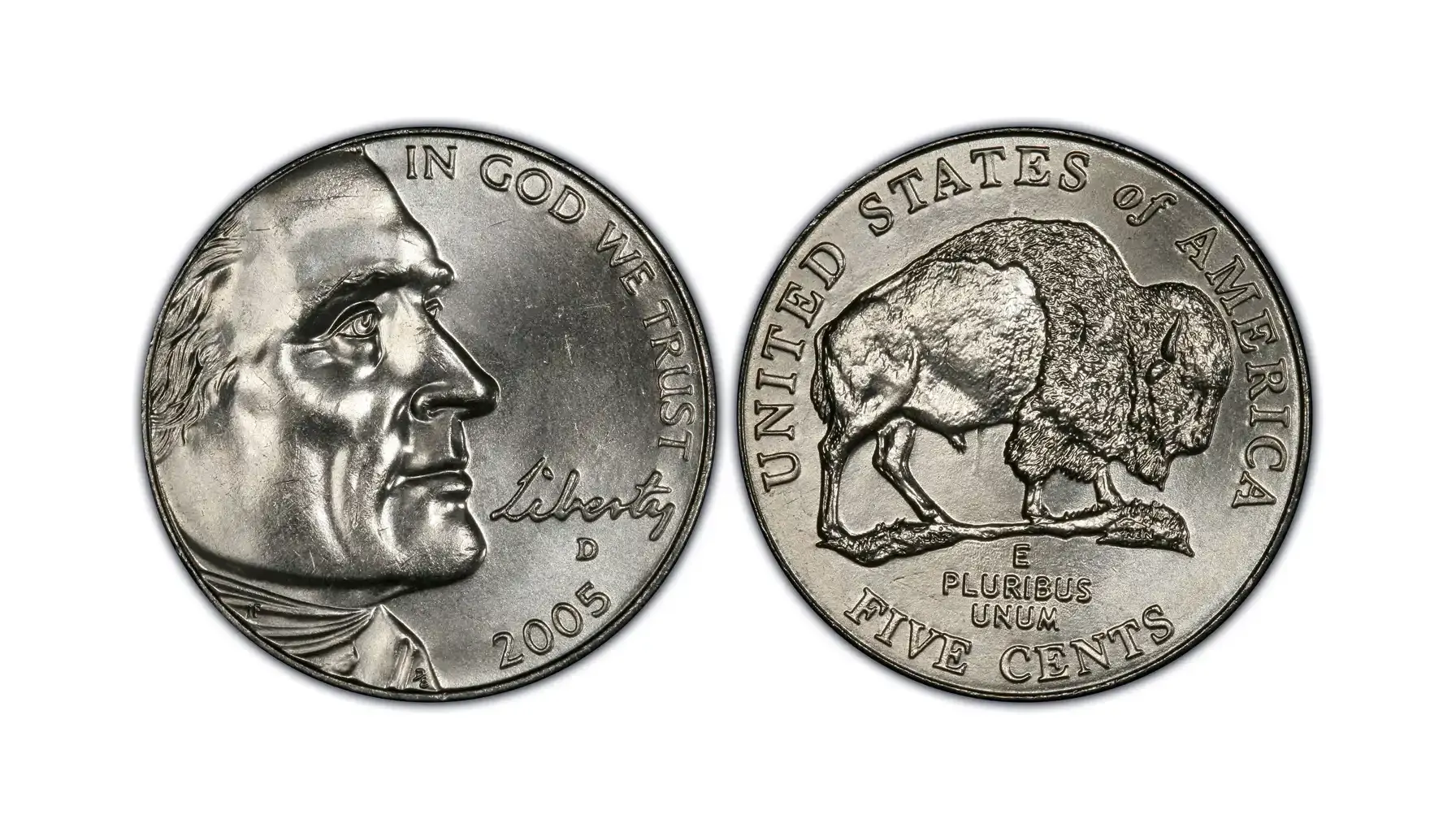
2014 Sacagawea Dollar
Estimated Value: $400
Design: Sacagawea with her child on the obverse; Native Americans with the compass on the background on the reverse
Characteristics: A special edition coin with a unique enhanced proof finish
How to Identify: Features a combination of mirror-like proof and matte textures, different from regular issues
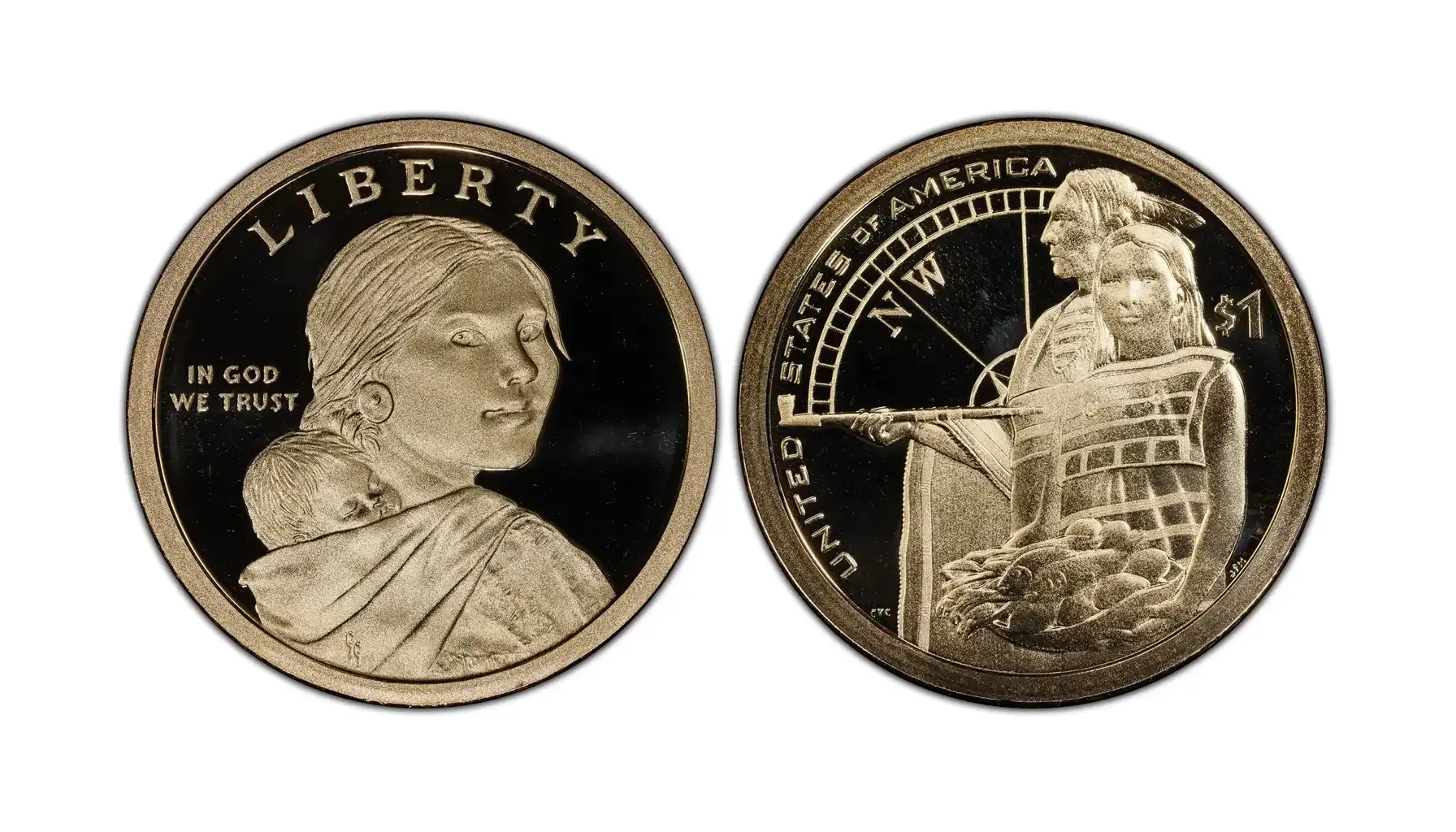
Golden Tips for Successful Coin Hunt
Know What You Are Looking For
Learn more about pocket change that is valuable, i.e., key coins, minting errors, and rare varieties to know what they look like and where they can be found. Mind that understanding their specifics can help you spot valuable coins in pocket change more easily.
Use Proper Tools
Apart from magnifiers, it is crucial to have a soft cloth for handing coins, proper storage options, and software to manage your collection appropriately. When used in combination, these instruments ensure a smooth collecting experience and a high level of quality not to mention.
Keep Track of Your Finds
Besides, always stay organized and categorize your findings into a catalog. Keep track of dates, mint marks, and special attributes to understand your collection and know everything about your discoveries for future hunts.
Be Patient and Persistent
One more time: you cannot engage in this endeavor without being patient and persistent, for this activity always requires a lot of time, attention, and your inner resources for work. So, regularly check your change, make new discoveries, and learn more about the numismatic world with pleasure and grace.

